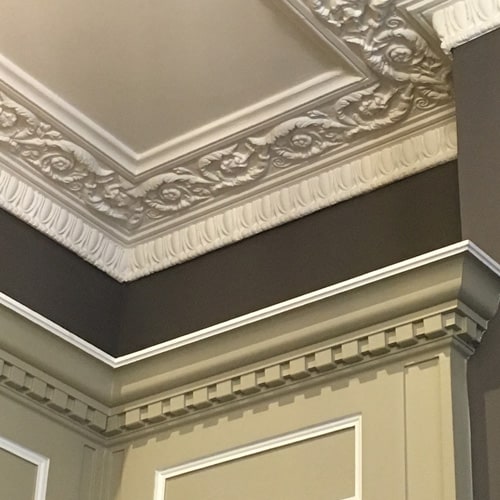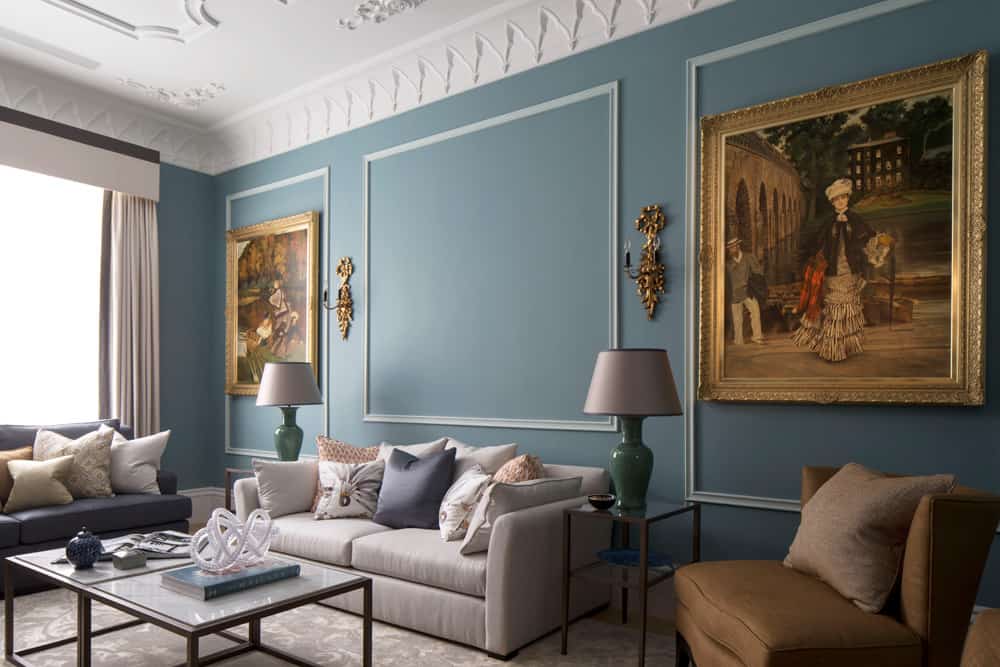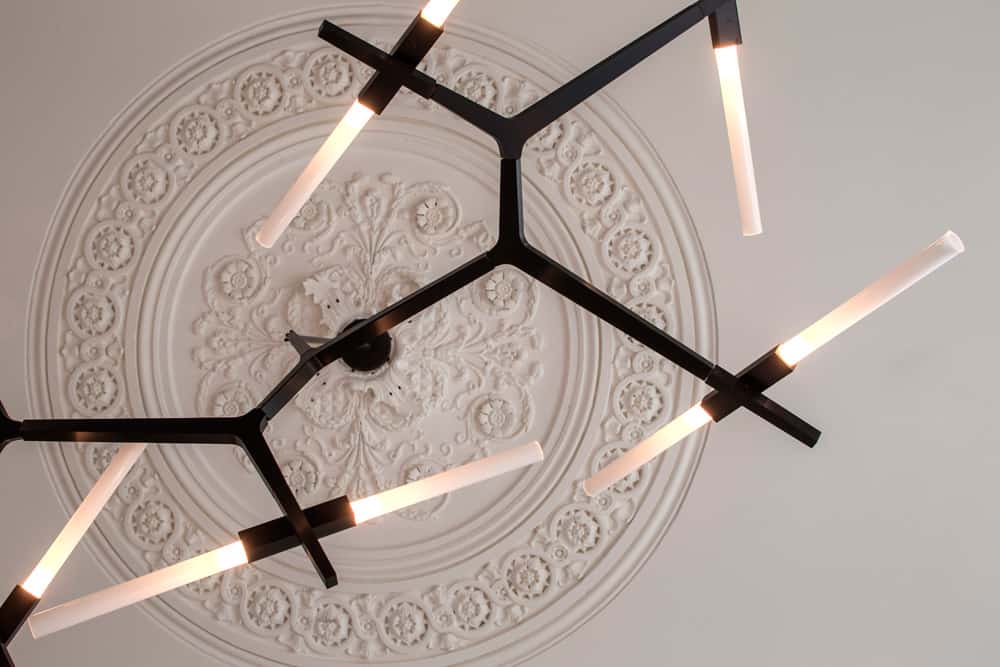Beautiful luxury architectural features in a property are the details that link the past to the present and add character and charm within an interior design. Sash windows, encaustic floor tiles, parquet flooring, cast-iron fireplaces and high ceilings are just a few examples of these features, most notably evident in Victorian and Georgian-era properties. Homes are often subjected to frequent refurbishment and upgrades over time and these beautiful architectural details can become damaged or hidden behind countless layers of paint. Cornicing and ceiling roses can lose detail and some features can be forgotten forever, hidden behind partition walls that have been constructed to suit a different layout.
Thankfully, not all is forgotten. Advancements in technology mean that there are now products that can safely strip away years of paint to reveal the original, intricate design details. In addition, experts such as English Heritage, have dedicated their business lineage to restoring these details in monuments, castles, abbeys and historical sites of England, priding themselves in the fine artistic detailing that is architectural restoration with luxury interior architecture.


With a high demand for contemporary décor and furnishings in our homes, restoring architectural detailing might seem out of place however the delicate intricacies of historical Victorian detailing have enduring appeal and wherever possible, we recommend restoring original features rather than replacing them. Cornicing and ceiling roses should be replaced with identical designs, rather than removed, and then incorporated into any new extensions or reconfigured rooms. For fireplaces and radiators, consider replacing with originals, which can usually be found in reclamation or salvage yards.


What to consider
Restoring cornicing, coving and architraves in your home is a great opportunity to maximise the aesthetic of your period property and there are a few things you’ll need to consider when doing so.
- Is the property listed; are the architectural features authentic?
- Take time to inspect the features. There may be decay or rotting due to water damage or penetration. Any cracks should be repaired at the same as restoration.
- If the fine decorative details have been obscured by many layers of paint, it’s best to strip it back to the original distemper
- Be aware that any new materials used for repairing or restoring architectural details should be flexible and allow for movement in the building without cracking
- Restoring architectural detailing requires the expertise of skilled craftsmen. Don’t try to save money by not using a specialist.
For our Belsize Park project, we worked closely with English Heritage, the experts who champion and protect historic places, to restore the striking ceiling rose and ornate cornicing in the living room of this stucco fronted duplex apartment in North West London.
Architectural details are statement features in their own right and add to the story and character of your home. We tend to refresh our interior décor depending on seasonal changes or the latest interior design trends however, when beautifully restored, historical Victorian detailing can be a timeless addition to any interior scheme, not to mention the sense of refined luxury and classic contemporary sophistication they bring to a space.
Looking for more interior inspiration?
